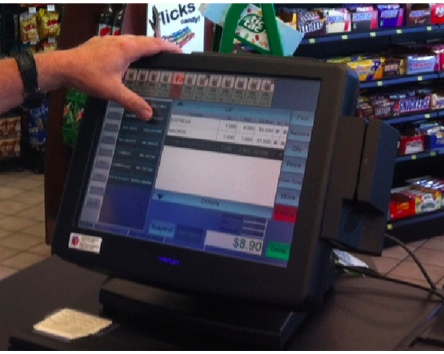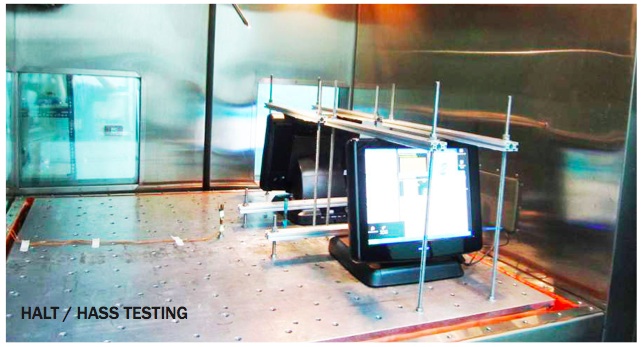 When budgeting is tight, every dollar is scrutinized. In this environment, it is understandable why so many companies look at the price of acquisition of POS (point of service) terminals first when considering what to upgrade for their customer transactions. That approach is the result of two underlying assumptions: (1) all terminals are basically the same since each contains a powerful central processing unit (CPU) and similar hard drives and operating systems; (2) warranties will cover any issues that may arise during much of the terminal’s lifespan, which should limit their operational costs. Both assumptions are flawed.
When budgeting is tight, every dollar is scrutinized. In this environment, it is understandable why so many companies look at the price of acquisition of POS (point of service) terminals first when considering what to upgrade for their customer transactions. That approach is the result of two underlying assumptions: (1) all terminals are basically the same since each contains a powerful central processing unit (CPU) and similar hard drives and operating systems; (2) warranties will cover any issues that may arise during much of the terminal’s lifespan, which should limit their operational costs. Both assumptions are flawed.
One reason is that a state-of-the- art CPU does not guarantee optimum performance in the daily grind of POS use. Instead, it is the performance of the entire system that is just one of the factors that dictates the consistent output required by the retail business over a lengthy time frame. Another is the terminal’s ability to effectively control and dissipate heat. One does not need IT expertise to understand that heat is the biggest impediment to a terminal’s effective and long-lasting service. Problems with heat dissipation will cause internal components (ICs) to overheat and fail resulting in downtime, which is always costly regardless of warranties.
The issue also explains the flaws of the second assumption. Replacing a terminal under warranty still translates into lost time and, worse yet, dissatisfied customers who experience longer lines and, in their view, unnecessary waiting. The loss is intangible but it is no less costly. Customers with memories of long delays for completing a sale or paying a restaurant bill are less likely to return even during times of high seasonal activity.
Lost revenue due to these problems can be averted. The answer is to consider durability and reliability along with an understanding of the actual costs of POS terminal operations before a company makes its final decision.
Determining Durability
 There are several methods for determining a terminal’s durability. One is to have IT personnel examine whether the terminal is composed of consumer grade or commercial grade material. Commercial grade costs more, but for good reason. Consumer grade materials are not made to endure the intensive usage, sometimes 24/7,is required of POS touch screen terminals. They cost less because private or home terminals do not require the workmanship and materials of business machines. They also are not built to withstand the harsh environments (i.e. constant use, occasionally inadequate climate control, restaurant conditions) of commercial grade technology. Terminals undergo the equivalent of a constant pounding during a five-to-seven year period, the normal lifespan of touch screen terminals in a busy retail environment.
There are several methods for determining a terminal’s durability. One is to have IT personnel examine whether the terminal is composed of consumer grade or commercial grade material. Commercial grade costs more, but for good reason. Consumer grade materials are not made to endure the intensive usage, sometimes 24/7,is required of POS touch screen terminals. They cost less because private or home terminals do not require the workmanship and materials of business machines. They also are not built to withstand the harsh environments (i.e. constant use, occasionally inadequate climate control, restaurant conditions) of commercial grade technology. Terminals undergo the equivalent of a constant pounding during a five-to-seven year period, the normal lifespan of touch screen terminals in a busy retail environment.
Plastic terminals are fine for consumer usage, but problematic for business. For example compare heat dissipation capabilities in plastic-cased terminals with those housed in aluminum magnesium. Aluminum dissipates heat more quickly than plastic because its thermal conductivity is significantly higher—extremely important considering that POS terminals tend to be used non-stop. Heat that too slowly dissipates as is the case with terminals that are plastic-encased will eventually take its toll on internal components and likely result in downtime at best or a shortened lifespan at worst.



Comments are closed.